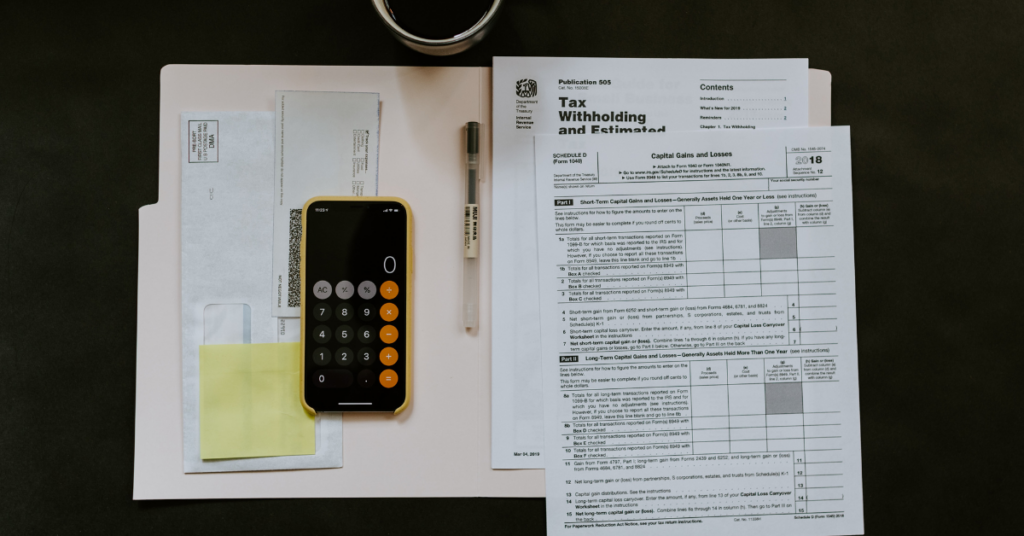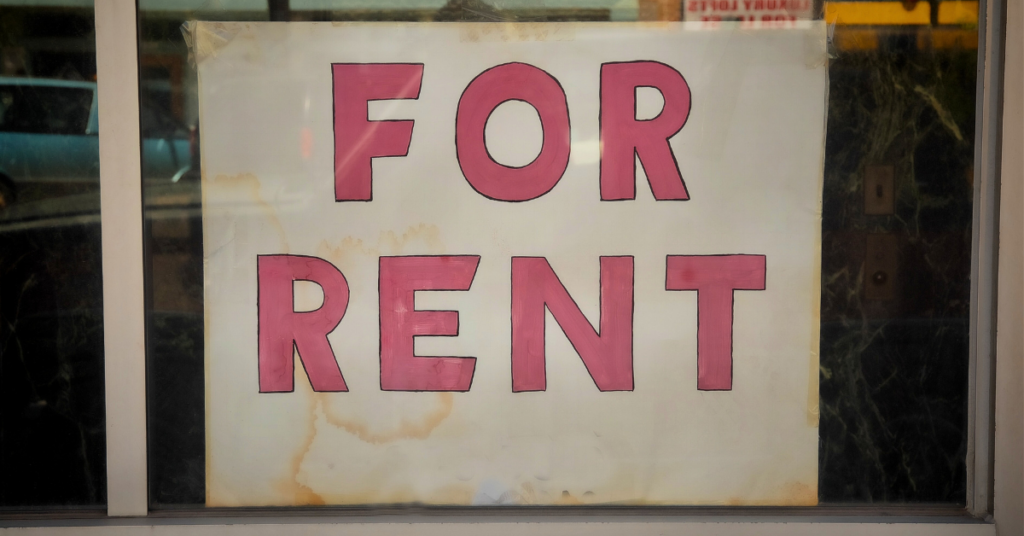One of the most common approaches to church rental property goes something like this:
- First Church realizes their fellowship hall isn’t being used that often so they decide to make it available for rental on a periodic basis to members of the community.
- They imagine the space being used to host retirement parties or community meetings.
- They ask the renter to make a nominal donation of $100 to the church in exchange for a few hours of space usage.
- They advertise this rental option on an obscure page on the church’s website.
- They end up renting out the space a couple times a year mostly to members or friends of the congregation, bringing in about $400 by year-end which doesn’t even cover the custodial fees for the rentals.
After an experience like this many congregations will look at me and say: “We tried renting out church property and it just didn’t work for us.” While I have no doubt the intentions were good, First Church did a few things on the front-end that set up this new project for failure right from the get go. I’m excited to share with you answers to a few of the most common questions I receive about church rental property so you can decide if this is the right approach for your congregation and if it is, get things started off on the right foot.
The answers below are informed by the Funding Forward Research Project my research team and I recently completed. We surveyed over 100 congregations who are finding pathways to sustainability by bringing in income outside of the offering plate, creating self-sustaining ministries, and/or reducing their budgets, then we interviewed ministry leaders, lay leaders, and/or community members from 12 of these congregations. Over 70% of the congregations we surveyed and over 80% of the congregations we interviewed had used or were considering using property rental.
Our congregation wants to rent out church property. Where should we start?
Let’s run back to the First Church example. This congregation started off with the right intentions: they realized they had an asset (their fellowship hall) that was being underutilized. In our interview process, we were able to dig deeper into what motivated people to take a step toward finding a more sustainable way forward whether that was through church rental or another means. There were five key motivations:
- Community need
- Congregational need
- Finances
- God’s mission
- Underutilized asset
The sweet spot seemed to be when God’s mission, community need, and an underutilized asset came together. Right now, First Church has one of the pieces of the trifecta: an underutilized asset, and I would encourage them to ask two questions.
- Is there a need in the community for this particular asset?
- How does renting out the fellowship hall space help us live more deeply into God’s mission for First Church and for our community?
Once you have alignment in these three areas, you can take a closer look at the space to determine the true cost of renting the space (in other words how much does it cost for maintenance, wear/tear on the space, utilities, staff time, etc.), market rate for this space in your community, as well as how much work might need to be done to make the space “rentable.”
My favorite resource to walk you through this process is “How to Rent Well” by Rooted Good. It’s a comprehensive guide to walk you through all the steps of the process in an engaging and manageable way.
What about taxes and insurance?
Often this is the first question that comes to mind for people when they are considering church rental property and it can easily become a stumbling block or even a barrier to getting the process started. If you’re considering property rental, it’s a good time to have a conversation with legal and/or tax professionals from your community who can walk you through the implications. There is no one-size-fits-all response. The steps you’ll need to take depend on who is using the property, how the property is zoned, etc. Start this conversation sooner rather than later.
Depending on your state, municipality, and how the property rental aligns with your mission, you may have to pay UBIT (Unrelated Business Income Tax) on the income you receive from the property rental. While paying taxes on income may sound daunting, this shouldn’t be what gets in the way of opening up your space to renters. Many congregations build any tax costs into their rental fees so they can still make a viable income even after the taxes are paid.
Rooted Good has an exceptional resource “What About Taxes?” designed to help churches think through the tax implications.

How will we pay for the needed repairs and remodeling to make the space rentable?
There are a few different approaches you could take.
- Might there be a long-term renter who is interested in not only renting out your space but investing in the renovations to make it their own?
- Is there one space you could rent out “as is” and use the earnings from that space’s rental to fund renovations on the next space?
- Is their grant funding that might be available to help you fund the renovations, particularly if your congregation is a historic landmark space?
However, one of my favorite examples of this comes from one of our interview sites who had a retired lay member who enjoyed fixing things. He brought together a group of church and community members to give the buildings the care and attention they needed to make them available for rent and he’s continued to tend to ongoing maintenance. This is a service the congregation would not have been able to afford to pay for and was a beautiful way for this member to use his skills.
Can you create a sustainable income from church rental property?
Absolutely! The income generated from property rental often met or surpassed the congregation’s financial goal (60% of congregations surveyed). However, I was surprised at how often no financial goal had been set (19%). While we did not ask this directly in the survey, I’ve often found in my conversations with congregations that those who tip toe into property rental often have done little research and have no specific goal in mind except to earn a little extra income. It’s challenging to make property rental sustainable without assessing the community need, market rate, true cost of renting, and creating a business plan to achieve a specific financial goal.
Almost all the surveyed congregations who had rented property said they used it to provide a consistent income stream for the congregation. In most cases, rental income was used to cover a small portion of the budget: For a little over a third of congregations who had used or were currently renting church property it covered 0-9% of their congregation’s budget and for another third it covered 10-24% of the budget. Imagine what ministry might be possible if your church’s budget received a 10% raise!
How is renting church property related to the church’s mission?
Nearly 80% of those who were currently renting or had rented church property said it was “connected” or “very connected” to their church’s mission. Nearly 90% of the congregations who had rented property said they had evidence that renting property was successful at creating relationships with people outside of the church. As one of the survey participants said,
“We used to be a black box in the middle of our neighborhood. Nobody inside knew what was going on outside, nobody outside knew what was going on inside. Today we’re a focal point of our neighborhood, everyone knows us, everyone comes to activities that we host, some of our services are considered essential.”
Curious to find out more about church property rental as well as other sustainable models for ministry that align with your congregation’s mission? Check out our new, free research e-book.

